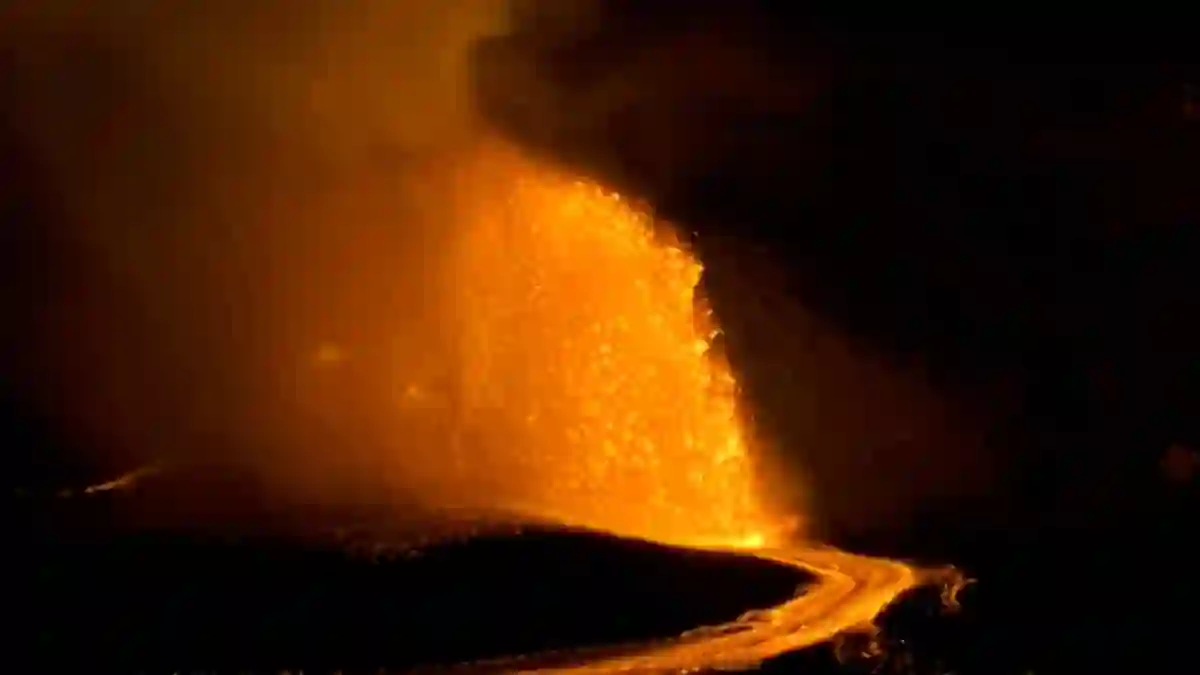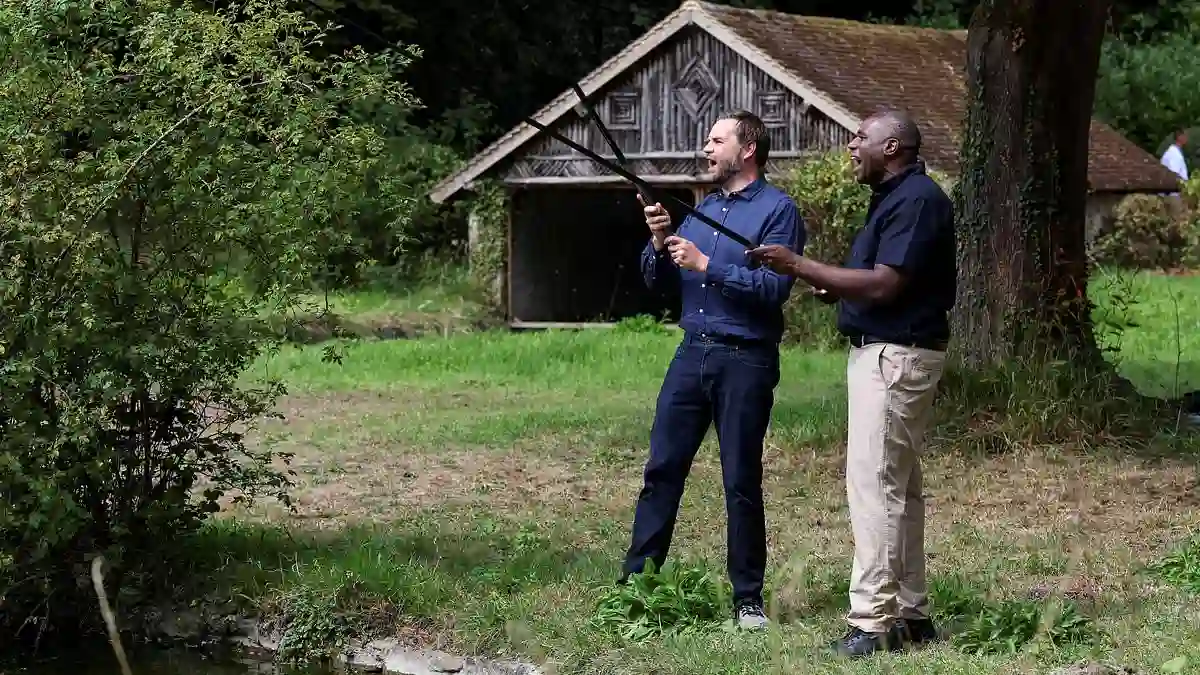Few natural wonders on Earth can match the drama of a volcano erupting — and on Friday, Hawaii’s Kilauea delivered yet another breathtaking performance.
Visitors and residents alike watched in awe as molten lava soared nearly 100 feet into the air, painting the sky with a fiery glow.
This latest eruption marked the volcano’s 31st lava show since December, making Kilauea live up to its reputation as one of the most active volcanoes in the world.
Yet, what made this event particularly special was its rarity — it’s only the fourth time in 200 years that the volcano has produced repeated lava fountains, joining historic eruptions from 1959, 1969, and 1983.
From Spattering to Soaring Lava Fountains
The eruption began quietly on Friday morning with spattering activity at the summit’s north vent.
By the afternoon, however, lava fountains were bursting skyward, captivating onlookers at Hawaii Volcanoes National Park.
Fortunately, the eruption stayed contained within the summit crater, meaning nearby homes and communities were not in danger.
Tourists and locals had a front-row seat to what one park volunteer, Janice Wei, calls “nature’s most extraordinary show.”
Wei, who rushes to the crater with her camera whenever the lava returns, described the experience: “When the molten rock shoots high, it sounds like a roaring jet engine or crashing ocean waves — and I can feel the heat from over a mile away.”
The Science Behind the Eruption
According to Ken Hon, lead scientist at the Hawaiian Volcano Observatory, the spectacle is fueled by a steady flow of magma from deep within the Earth.
He explained that a lower magma chamber beneath Halemaumau Crater has been receiving magma at about 3.8 cubic meters per second since December.
This magma rises through narrow, pipe-like vents, carrying gases that erupt as fountains once they reach the surface.
Some past fountains have soared more than 1,000 feet high.
Hon likened the work of volcano scientists to “a bunch of ants crawling on an elephant, trying to figure out how the elephant works.”
While no one can say for sure how long this eruption will last, history suggests it could either fizzle out at the summit or open a new vent lower on the volcano, just as it did in 1983 — a dramatic event that fueled a 35-year eruption, ending only in 2018.
How Visitors Are Experiencing It
For those lucky enough to be at the park, the eruption has been nothing short of mesmerizing.
But officials are quick to remind visitors that the beauty comes with risks.
The National Park Service advises guests to stay on marked trails and viewing areas, warning that unstable cliffs and hidden cracks can lead to deadly falls.
Jessica Ferracane, spokesperson for Hawaii Volcanoes National Park, added that eruptions can be short-lived, often lasting just 10 to 12 hours: “If you want to see it, sign up for US Geological Survey alerts — because the eruption could be over before you know it.”
That warning comes with good reason. In June, a 30-year-old tourist from Boston fell 30 feet off a cliff after trying to get “a closer look” at the eruption.
His life was saved by a tree branch that stopped him from falling another 100 feet into the caldera.
A specialized rescue team had to climb down and pull him to safety.
The Hidden Dangers of Volcanic Gases
Beyond falls and unstable ground, scientists also caution about the health risks of volcanic gases and ash.
The CDC warns that exposure can irritate the eyes and lungs, cause dizziness, headaches, and even lead to respiratory illnesses if inhaled over long periods.
Long-term exposure has been linked to bronchitis, lung disease, and even cancer.
The Cultural Significance of Pele’s Fire
For Native Hawaiians, eruptions like this are more than just geological events — they are deeply spiritual.
According to tradition, Halemaumau Crater is the home of Pele, the goddess of fire and volcanoes.
Huihui Kanahele-Mossman, executive director of the Edith Kanaka‘ole Foundation, often visits the crater to honor this connection.
She performs chants, places offerings such as awa (a drink made from kava) and fern leis, and sees the eruptions as living manifestations of stories passed down for generations.
“To see an eruption described in mele (songs) come to life — that motivates us to stay in our tradition,” she said.
For her and many others, lava is not just destructive but life-giving, forming new land and reminding Hawaiians of the island’s ever-evolving foundation.
Tourism on the Rise
The fiery displays are also driving tourism. Hawaii Volcanoes National Park has seen visitor numbers rise each month this year, with April recording nearly 50% more tourists than the same time in 2024.
Travelers are flocking to witness the rare fountains, making Kilauea not just a scientific marvel, but also one of Hawaii’s biggest attractions.
What Comes Next?
For now, scientists continue to monitor the eruption closely, using sensors that detect earthquakes and ground shifts to predict when lava is likely to emerge.
While the fountains may not reach the dramatic heights of past eruptions, experts say the show will remain spectacular — wide, glowing displays of Earth’s raw power.
Whether Kilauea’s latest performance becomes another decades-long eruption or fades quietly at the summit, one thing is certain: it will continue to inspire awe, respect, and deep cultural connection for everyone who witnesses it.



